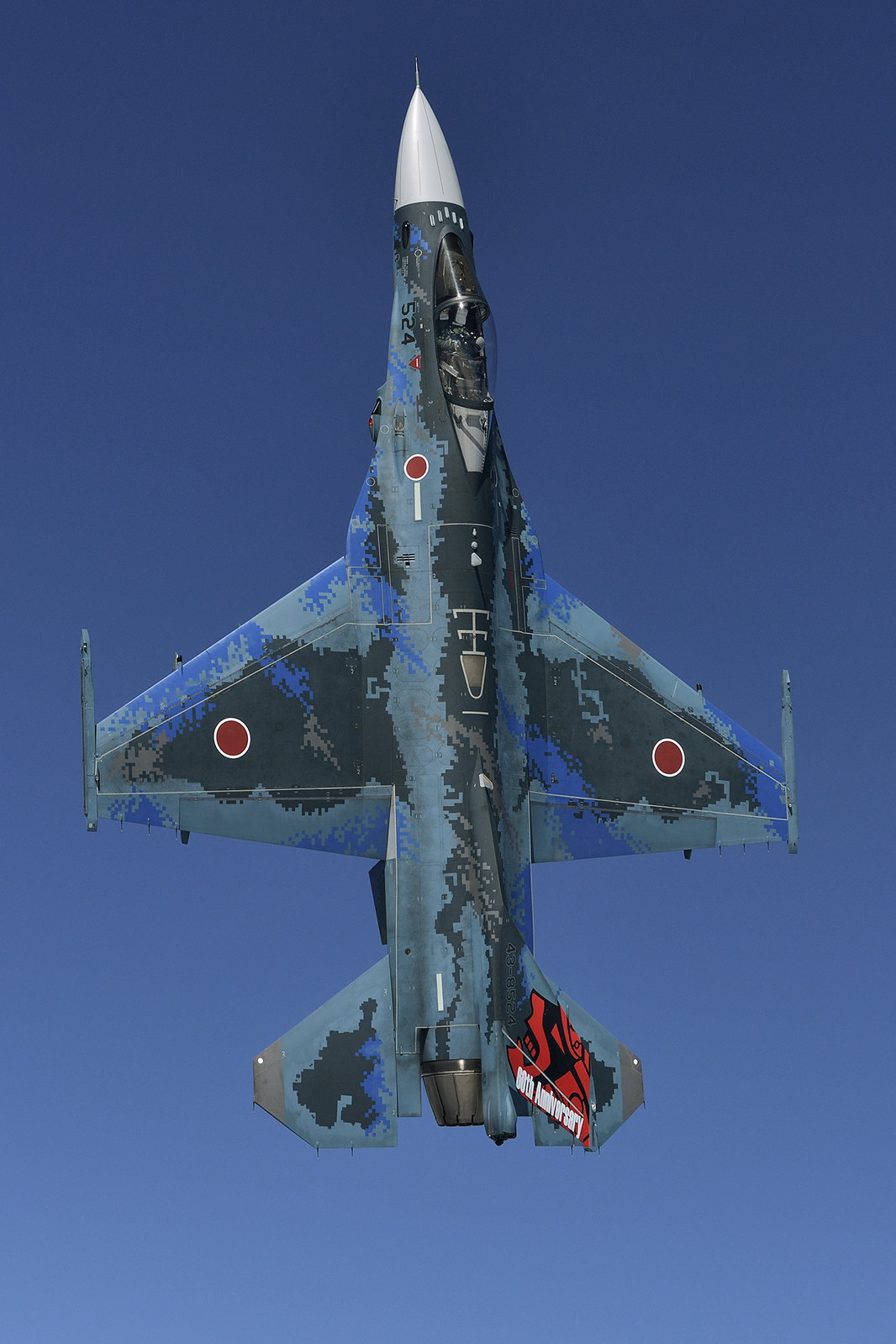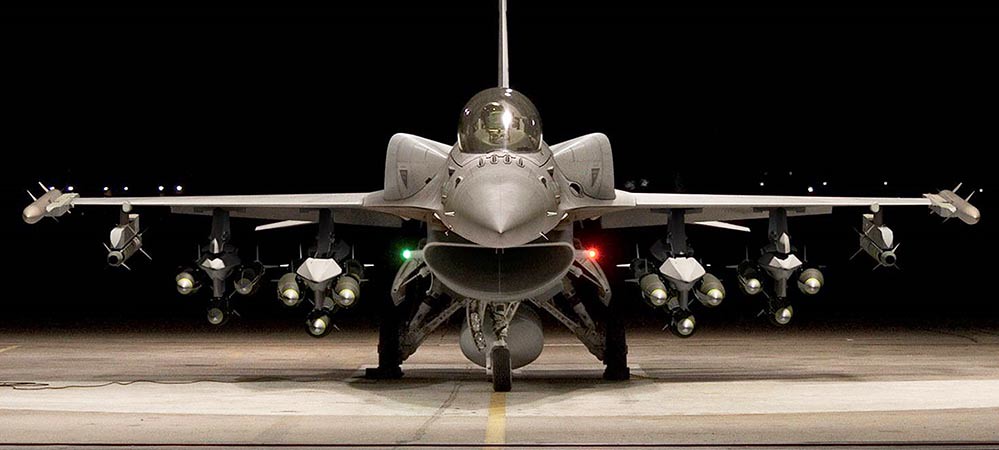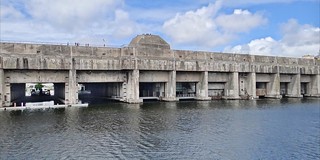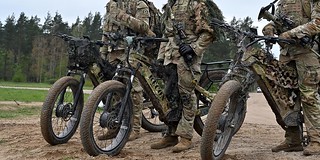50 years of the F-16 Fighting Falcon: the figures of the most successful fourth generation fighter
On January 21, 1974, at Edwards Air Force Base (California), the first flight of the prototype of a new aircraft took place: the YF-16.
The YF-16, initially called General Dynamics 401, was one of the candidates for the LWF (Lightweight Fighter) Program, launched in the 1960s to replace the F-104 Starfighter supersonic fighters. of the US Air Force (USAF). The program, later renamed ACF (Air Combat Fighter), was decided between the YF-16 and the Northrop P.530, which was assigned the number YF-17. The YF-16 won and became the USAF's new light fighter. In turn, the YF-17 would give rise to the F/A-18 Hornet, being chosen by the US Navy to replace its F-14 Tomcat and A-7 Corsair II.

Officially nicknamed the "Fighting Falcon", the F-16 ended up receiving another nickname among its pilots: "Viper", due to its peculiarly stylized appearance and air intake. located under the cockpit. The F-16 is an aircraft with exceptional performance: it can reach a speed of Mach 2.05 (2,178 km/h) and is very maneuverable, being able to perform maneuvers of up to 9G. Additionally, it can fly at a maximum altitude of 50,000 feet (15,000 meters) and a maximum distance of 4,217 km with external tanks.

One of the great virtues of the F-16 is its arsenal of weapons. It carries a 20 mm M61A1 Vulcan internal rotary cannon. In addition, it has two weapons mounts on the margins of the wings, in which AIM-9 Sidewinder short-range air-to-air missiles or AIM-120 AMRAAM medium-range air-to-air missiles can be placed, in addition to six weapon mounts under the wings and three other supports under the fuselage (two of them for sensors). In addition to the aforementioned missiles, its arsenal includes the powerful AGM-88 HARM anti-radar missile, AGM-65 Maverick and AGM-158 JASSM air-to-surface missiles, various types of conventional and laser-guided bombs and anti-ship missiles AGM-84 Harpoon, AGM-119 Penguin and Joint Strike Missile. It can also carry nuclear bombs.
This variety of weapons makes the F-16 one of the best multi-purpose fighters on the market and largely explains its enormous success in sales, in addition to its reduced price compared to larger fighters. It has been acquired by 29 countries, of which 26 keep it active. In addition, Japan operates its own version of the F-16, the Mitsubishi F-2, with a longer wingspan, larger wing area and larger stabilizers.

Among future F-16 operators is Ukraine, which expects to receive up to 61 aircraft donated by the Netherlands, Denmark and Norway. In total more than 4,600 F-16s have been built, of which more than 3,100 are still active, making this model the most successful fourth-generation fighter. According to Lockheed Martin, its current manufacturer, the F-16 has already accumulated more than 19.5 million flight hours and some 13 million sorties.

Although its production was interrupted in 2017, it was resumed in 2019, to meet the new orders that continue to arrive. The F-16 has been adding successive variants as it was modernized: its most recent version is the Block 70/72, currently operated by six countries. Lockheed Martin expects the F-16 to remain in service longer beyond 2060, which would become one of the longest-lived fighters in the history of aviation.
---
Main photo: Lockheed Martin. An F-16V.
|
Don't miss the news and content that interest you. Receive the free daily newsletter in your email: |
- Most read
- Eurofighter vs F-35: the opinions of professional pilots on these advanced fighters
- The icy deployment of the Spanish EF-18 and A400M planes under the snow in Lithuania
- The firearms used by the Pontifical Swiss Guard, the smallest army in the world
- NATO highlights and shows the 'air power' of the Spanish aircraft carrier 'Juan Carlos I'
- The United States Army shows its electric bicycles for reconnaissance missions
- The brutal 'touch and go' of a Lufthansa Boeing 747 at Los Angeles Airport
- The military salute: origin, types & curiosities

 ES
ES








Opina sobre esta entrada: